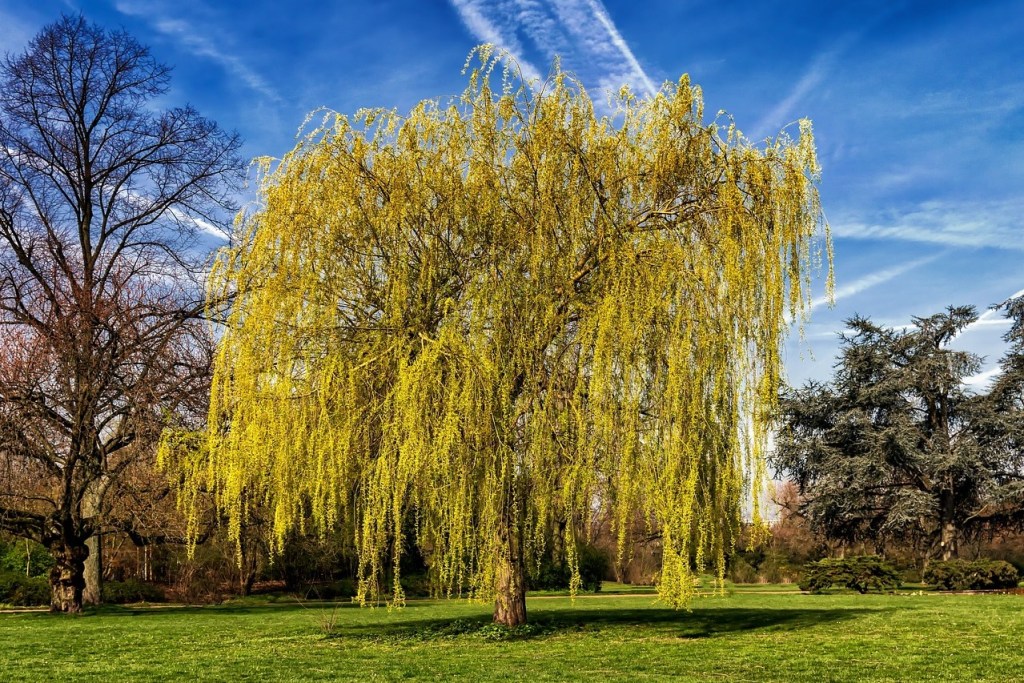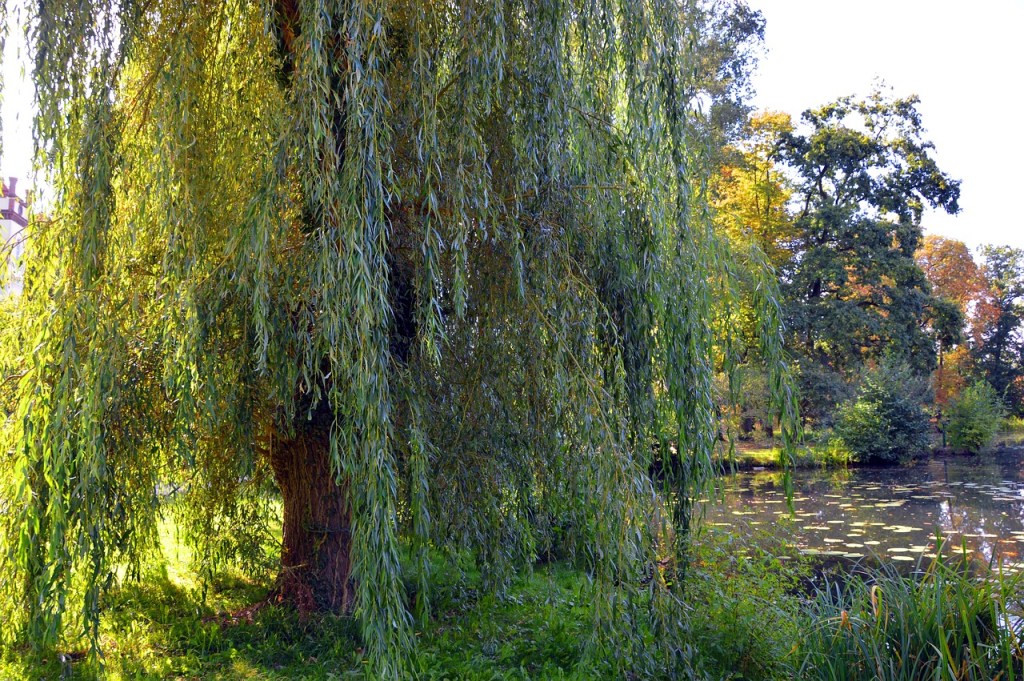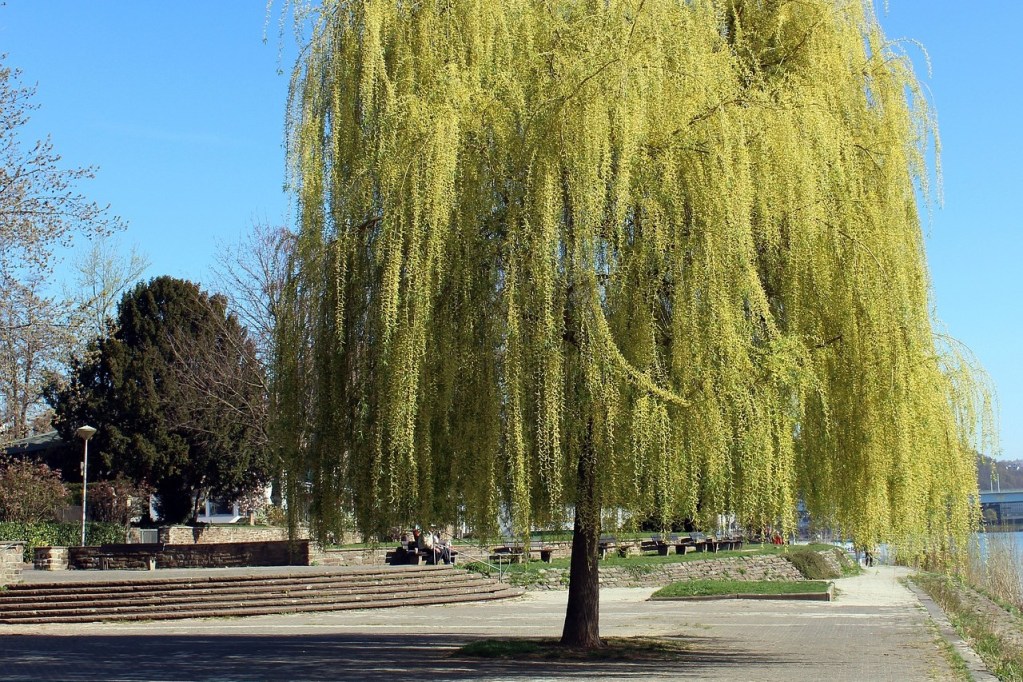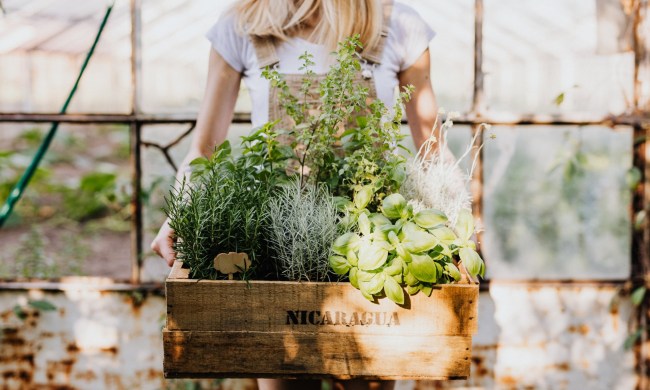If you’re looking for a tree to plant near a river or other water source, then a willow tree is likely going to come to mind. These beautiful and elegant trees love wet soil, and they’re easier to care for than you might first suspect. Even if your backyard doesn’t have a pond or river, you can still grow one of these lovely trees. Here’s everything you need to know to successfully grow a willow tree in your yard or garden.

Choosing a willow tree variety
Weeping willows are perhaps the most common willow variety, with their long, vine-like branches that trail toward the ground. However, there are other willow tree varieties to choose from as well!
If you’re low on space, then getting a dwarf willow might be a good idea. There are two main types of dwarf willows. Dwarf cultivars of other willow varieties are smaller versions of those trees, with dwarf arctic blue and dwarf purple being the two most common options. There is also dwarf willow Salix herbacea, a tiny creeping willow that's great for containers but has little in common visually with other willows.
If you want something visually appealing, then goat willows or corkscrew willows are for you. The goat willow, also called pussy willow, is a small willow variety with interesting puffy flowers. The corkscrew willow tree earns its name from its curvy, spiral-shaped branches.

Planting your willow tree
Here's how to plant a willow tree:
Step 1: Plant it in moist, well-draining soil.
Step 2: Plant your tree in the spring or fall.
Step 3: Place your willow tree where it will get full sun in mild climates or partial shade in hot climates.
Step 4: Use a container with drainage holes if you plan on growing your willow tree in a container.
Step 5: Leave room to grow.
Willow tree sizes can vary quite a bit depending on the variety, but it’s important to space them correctly. Pay attention to how close structures and other trees are to your willow tree.

Caring for a willow tree
Once you've planted your willow tree, here's how to care for it:
Step 1: Fertilize your willow tree with a balanced fertilizer or add compost in the spring.
This may not be necessary every year, depending on how naturally rich your soil is.
Step 2: Water it frequently during dry weather.
Willow trees can withstand some drought, but they need water to thrive.
Step 3: Watch for fungal infections.
As with other water-loving plants, willow trees can develop fungal infections if left sitting in water for too long.
A willow tree can turn an empty pond into a picturesque relaxation spot, but you don’t need a lake or even a big yard in order to grow this tree. With regular watering, any yard or garden can become the home of a magnificent willow tree. Whether you choose a classic weeping willow or a more unusual variety, these care tips will help your willow tree thrive.




